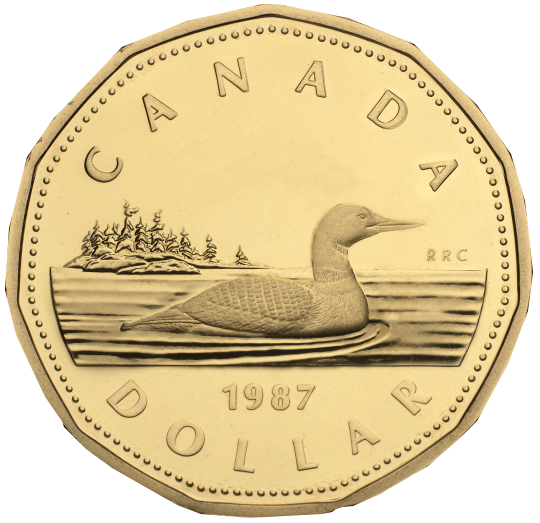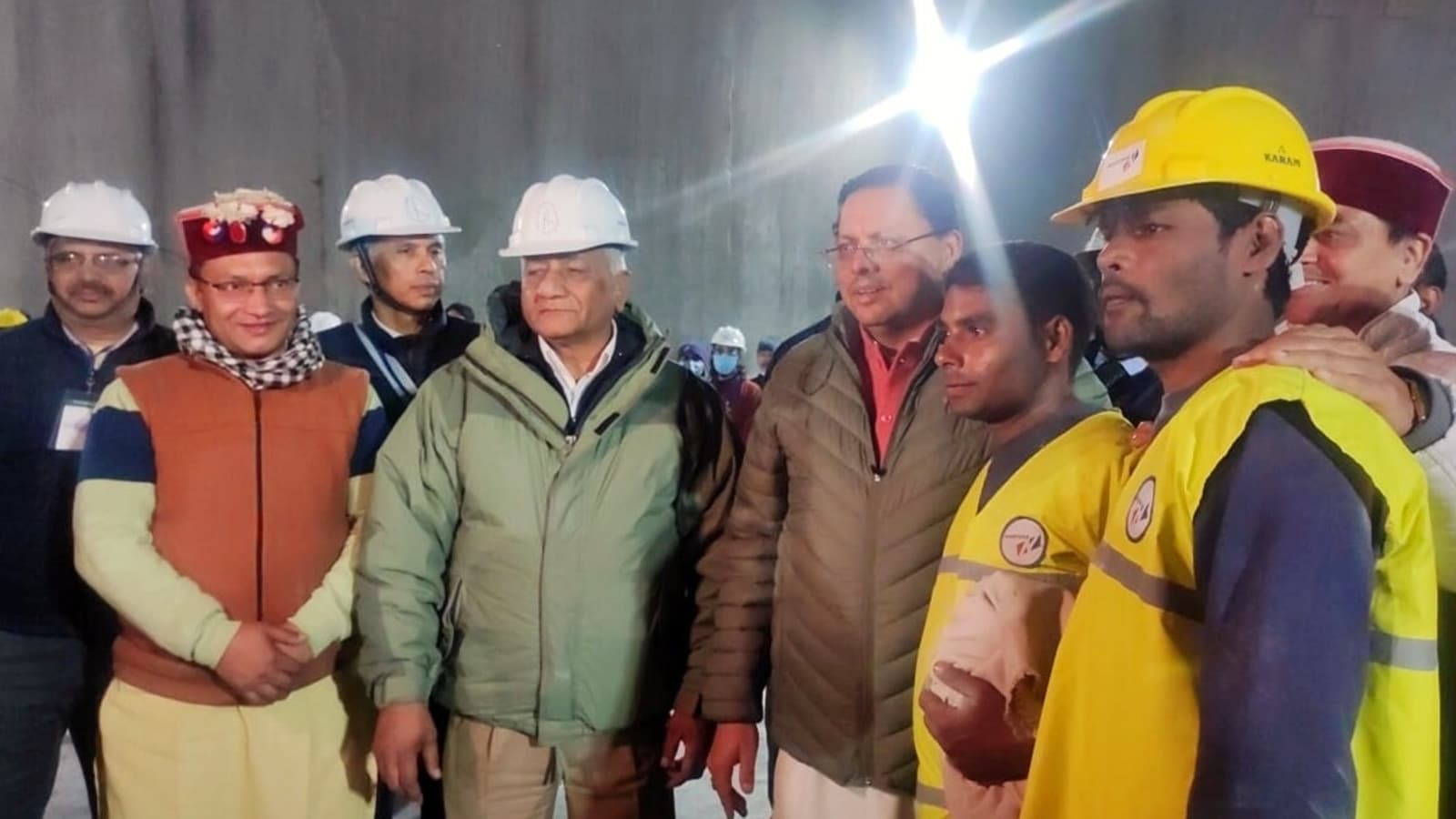3 years doesn’t even register as an age gap to me, but then I’m twice your age.
Anyway, maybe check about legality?
Inform yourself on your country’s minimum age of consent.
Some places have an exception in place as to not make criminals out of similarly aged minors.
InEnduringGrowStrong
For anything important, use matrix instead of lemmy DMs.
- 34 Posts
- 2.38K Comments

 3·12 hours ago
3·12 hours agoOoof, ouais ça fait long 5-6 jours.
Plus qu’une journée maintenant?
Parfois je m’éclipse en douce aller prendre une marche ou autre…Sinon chez nous c’est le chalet loué à Noël pour 4 nuits. On est 24, j’appréhende déjà a y penser oups.
Lâche pas
 6·20 hours ago
6·20 hours agoYea, whether or not he’s guilty is besides the point.
Maybe the evidence against him was fabricated, maybe he got got through some parallel construction shit.
Maybe he’s a gang member, but it can’t be proved, maybe he’s not, it’s all moot.
That’s all irrelevant because he’d still have rights to due process.

 6·2 days ago
6·2 days agoThere would probably be a few less wars too.

 4·2 days ago
4·2 days agoDon’t ask us, ask him.

 3·3 days ago
3·3 days agoAn eventuality, but not inevitably

 5·3 days ago
5·3 days agoSic Semper Tyrannis
Don’t let it become mere words on a flag mentioned in some history book banned by the ministry of truth.

 5·4 days ago
5·4 days agoInclusive or

Styrofoam dissolved in gasoline makes for a stickier, more gooey cocktail that sticks to surfaces.
Me? IDK, I just like how it looks, it reminds me of the snow.

 1·4 days ago
1·4 days agoTL;DR: It’s kinda like a watercooled heatpump that uses the earth as its heatsink.
It’s not actually using ground water though. Although such systems exist (open loop), mine is a closed loop.
They dug an 8 inch wide hole, 300ft down.
They then put a loop of polypipe that goes down to the bottom to a heat-fused U joint and then back up.
The free space in the “well” is then backfilled with bentonite (clay) to maximize thermal exchange between the loop and the ground.
The bentonite also swells when in contact with water, so it might help mitigate smaller leaks, but don’t quote meon that.The pipe is filled with a mix of water and glycol to make sure it can’t freeze and a pump takes care of circulating that to the heatpump, but there’s no fluid exchange between the loop and the environment.
AKA Closed loop.A traditional heatpump is an air-air heatpump, a geothermal heatpump is a water-air heatpump.
Basically, the advantage of the geo heatpump is that the liquid comes back out of the loop and into the heatpump at about 7 degrees C all year.
It is much easier for a heatpump to heat your inside air to 22C by extracting heat from a 7C liquid than from -30C outside air.
Similarly, cooling your inside air by dumping heat into a 7C liquid is easier than by dumping it into +30C outside air.The heatpump itself is installed inside where the old furnace was, which means it’s also more protected than a traditional heatpump that’s installed outside, hopefully increasing its lifetime.
Don’t get me wrong, traditional heatpumps are also great and might a great fit on lots of places.
Having (some) pretty cold days up here, we went with the geothermal and it is more than sufficient year round. The only times the aux heat kicks in is when I test it manually.

Yea I started hoarding old Styrofoam already.

 6·4 days ago
6·4 days agoCome to a Canadian university instead, this way you can still visit Cuba in your time off, except you’ll land in Havana instead of Guantanamo…
That’s probably your app’s UI being more confusing than it needs to.
Your account is on lemmy.world (at least the one you posted this from).
You can just open it in a browser and go to https://lemmy.world/
I find the web version less confusing than most client apps.
Sea of Stars was made in Québec city I think.
It is inspired from Chrono Trigger, so if you liked that, give it a try.

 12·7 days ago
12·7 days agoUrban setting in eastern Canada.
It was about 30k all included. Maybe 23k after subventions.
Got rid of the oil furnace, and it now costs me about $650 for heat and AC for the whole year.
And the old furnace did not do AC.
It’s been about 4 years and the return on investment was initially planned at around 10-12 years in… But that was when oil was $0.80/L and it has more than doubled last I checked.
Rather simple really… vertical well routed to a heatpump installed where the old furnace was.More than the savings, it is much more comfortable as the temperature is more stable, we now have AC for the summer, there’s no smells, no refills, barely any maintenance other than air filters… 10/10 would recommend.

 16·7 days ago
16·7 days agoMy understanding was it would be as a cover your ass thing from the company and they might havr more leveragr on drivers’ devices.

 12·8 days ago
12·8 days agoGeothermal heatpump




















Sure, that’s why the next bit mentions domestic enemies.